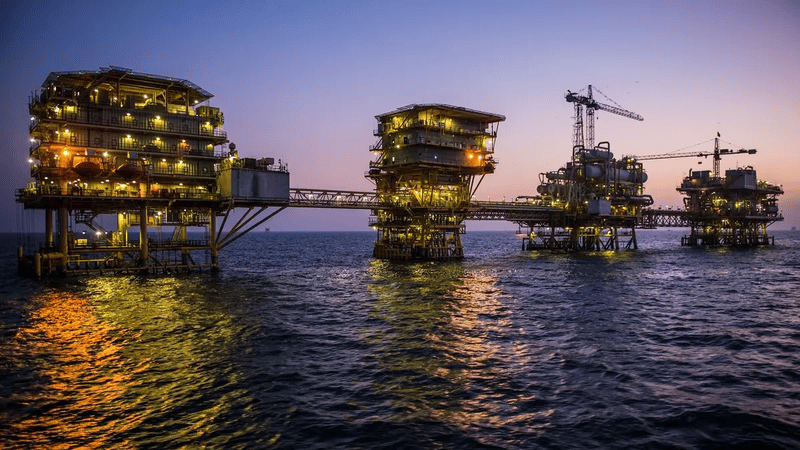 Back to the news list
Back to the news list
Oil has long been a crucial natural resource for the global economy, especially in energy, industry, and chemicals. Its extraction and utilization have significantly contributed to the economic growth of many nations. However, global oil reserves are not infinite, making the efficient and sustainable exploitation of this resource an urgent issue. This article explores oil reserves in Vietnam.
Oil reserves refer to the total volume of crude oil that can be extracted from oil fields within a specific geographical area. These reserves are estimated based on geological surveys and extraction technologies. Oil reserves are classified into three main categories:

Oil reserves are classified into three main categories
Oil reserves are calculated based on various factors, including geological survey data, extraction methods, and economic and technical considerations. International organizations such as OPEC (Organization of the Petroleum Exporting Countries) and the EIA (U.S. Energy Information Administration) frequently publish estimates of oil reserves in different regions.
A common method for evaluating oil reserves is the Reserves-to-Production Ratio (R/P), which indicates how many years current reserves can last if production and consumption rates remain constant. Compared to coal and natural gas, oil has a lower R/P ratio. In 2017, estimates suggested that global oil reserves would last about 50 years at the current consumption rate. However, this figure assumes constant production and demand. Factors like increasing energy demand, alternative energy sources, and technological advancements in oil extraction can significantly affect this estimate.
Vietnam possesses an estimated 4.4 billion barrels of proven oil reserves, ranking 28th globally. The country is the fourth-largest oil exporter in Southeast Asia, with a production capacity of around 340,000 barrels per day in the coming years.
The Bach Ho (White Tiger) oil field is Vietnam’s largest oil and gas field, contributing over 80% of the nation’s crude oil production. Other significant fields include Su Tu Den, Su Tu Vang, Su Tu Trang, Su Tu Nau, Te Giac Trang, Lan Tay, Lan Do, Rong Doi – Rong Doi Tay, Hai Thach – Moc Tinh, and blocks PM3-CAA and 46CN. These fields play a crucial role in Vietnam’s energy supply.

Vietnam possesses an estimated 4.4 billion barrels of proven oil reserves
Despite its significant reserves, Vietnam’s oil industry faces challenges due to declining production from existing fields. To address this, the PetroVietnam Exploration Production Corporation (PVEP) is actively exploring and developing new fields. PVEP is responsible for oil and gas exploration and production to compensate for declining output.
Currently, PVEP is engaged in 34 oil and gas projects, including 14 in the production phase, 8 in the development phase, and 12 in the exploration phase. Additionally, PetroVietnam (PVN) is operating 39 oil and gas fields, alongside five major gas fields under development, including Blue Whale (Block 118) and the Kim Long – Ac Quy – Ca Voi cluster (Blocks B, 48/95; 52/97).
Despite facing production challenges, Vietnam’s oil and gas sector continues to explore and develop new resources to ensure long-term energy security.
Oil continues to play a pivotal role in global economic development. However, as reserves deplete and alternative energy sources advance, the future of the oil industry will depend on technological innovation and sustainable policies. The efficient management of existing reserves will be crucial in ensuring global energy security in the years to come.
Không thể sao chép